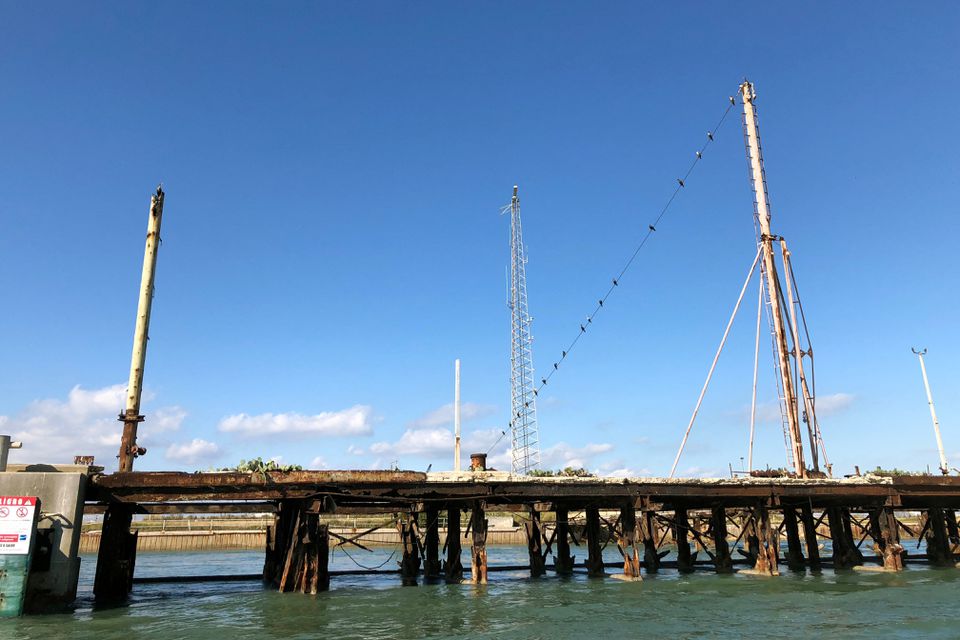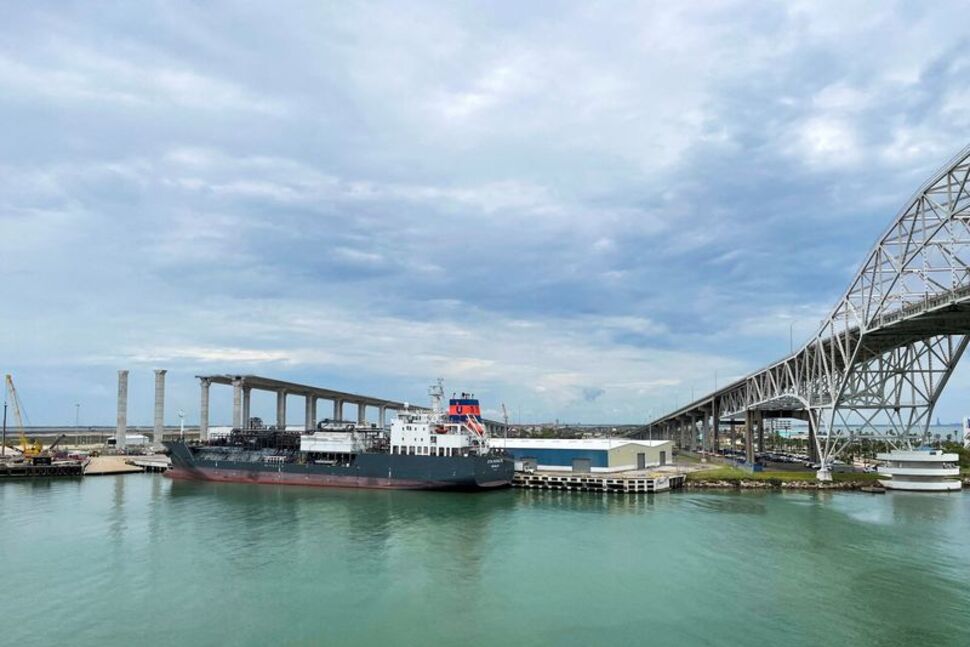
In the drought-prone Texas city of Corpus Christi, a proposed clean hydrogen center would need the building of pricey, energy-guzzling, and potentially ecologically hazardous saltwater desalination facilities. This would provide an unforeseen challenge to the Biden administration’s climate change program.
The Gulf Coast port is competing for up to $1 billion in funding made available under President Joe Biden’s 2021 Infrastructure Investment and Jobs Act to establishing a regional hub for the production of hydrogen, a low-emission fuel produced by electrolyzing water that can aid in the decarbonization of transportation and heavy-emitting industries.
In Corpus Christi, which is experiencing a multiyear drought, access to millions of gallons of water would be a challenge for a hydrogen hub. While local authorities claim to be able to provide this water through the construction of a seawater desalination plant, environmental groups, and some local residents and legislators are opposing desalination plants.
What does Biden`s climate promise mean for the hydrogen industry?
As the sector prepares to advance a Clean Energy Revolution and Environmental Justice in the nation, the hydrogen industry welcomed Biden’s pledge to take swift and aggressive climate action.
In order to develop a modern, sustainable infrastructure now and provide an egalitarian clean energy future, Biden’s Develop Back Better plan is a nationwide initiative.
With a plan to use those funds over the course of his first term, Biden is anticipated to make an expedited $2 trillion investment, part of which would support research and drive significant cost reductions in key clean energy technologies, such as renewable hydrogen.

Does Biden`s vision of low-carbon hydrogen run into a water scarcity challenge?
The Biden administration’s vision of low-carbon hydrogen may encounter a problem that is itself made worse by climate change: water shortages, according to an analysis by Rystad Energy consultancy that was made available exclusively to Reuters and six experts who study hydrogen as green electricity.
According to data from Rystad, 9 out of the 33 projects listed by the Department of Energy for hydrogen hubs are in regions with high water scarcity. California, Colorado, Kansas, New Mexico, and Texas are among these locations. The situation is graver worldwide, where in water-stressed regions such as the Middle East over 70 % of proposals for Green Hydrogen Projects are located.
Water wars
The conversion of ultra-salty ocean water into fresh water entails a larger danger, according to some water experts, even though the United States has hundreds of desalination facilities dispersed across the nation to treat slightly brackish interior sources of water.
According to Paul Montagna, an endowed chair at the Harte Research Institute for Gulf of Mexico Studies at Texas A&M University-Corpus Christi, pumping the briny byproduct of desalination into Corpus Christi Bay could cost the fishing industry $6 million annually by eradicating seafood species like Atlantic croaker and shrimp.
Furthermore, according to energy experts, building and maintaining saltwater desalination facilities requires a lot of energy.

The largest seawater desalination plant in the Western Hemisphere, the Poseidon plant near San Diego, California, cost over $1 billion to construct and will need nearly $275 million in upgrades to comply with new state regulations protecting marine life that may be affected by the plant’s briny discharge or be sucked into its intake pipes.
To mitigate the price increases to consumers at home, the EPA lent a $170 million loan in March. In order to meet its rapidly growing energy and petrochemical industries, the city of Corpus Christi initiated seawater desalination projects in 2017.
Desalination facilities, according to Charles Zahn, chairman of the Port of Corpus Christi and a leading proponent of the technology, might be beneficial for the area and, if there were any surpluses, could even provide a chance to sell water to the city of San Antonio.
“We need desalination to attract industry that brings us jobs and increases our tax base,” he said. We have the power to help Texas, and I believe that the number one problem there is water.













